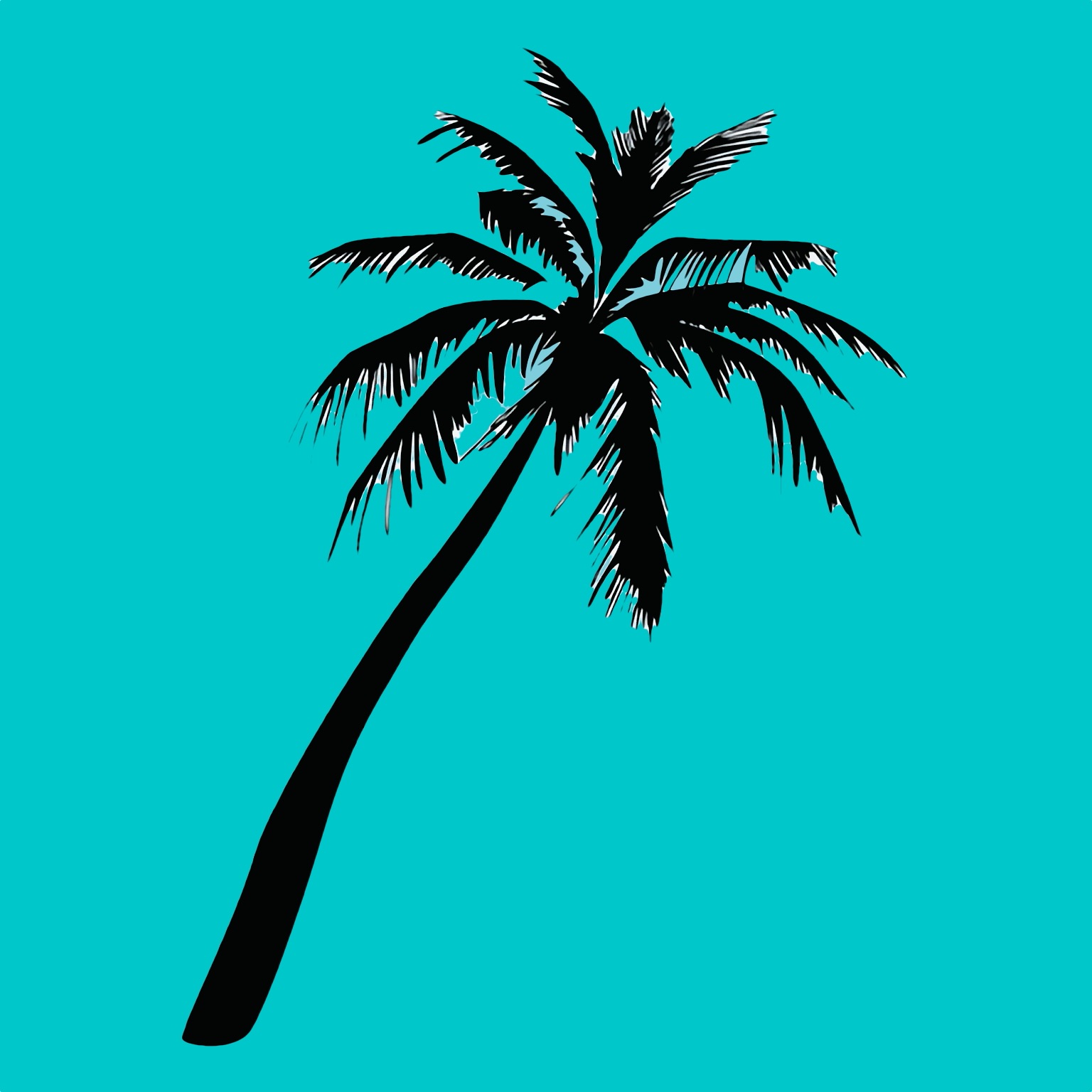Date: December 27, 2021 at 6:24:52 PM CST
Weather: 54°F Mostly Cloudy
Location: Tulsa, Oklahoma, United States
Almost one year since I have last utilized this journal app called Day One properly. My plan for 2022 is to journal daily. I want to track fitness goals, blood pressure, nutrition and random thoughts as well. Hopefully by purchasing a premium subscription I will use this more effectively towards my goals.
Me, today
A few months ago the parent company of my web host, WordPress purchased the Day One journaling app and I was hoping to see some sort of integration by now. Maybe in 2022?
I also purchased more than a few Field Notes notebooks for daily journaling, note taking, scribbles, logs etc. You know, in a physical format. This is highly unusual for me but it is something I have wanted to do for awhile.



Be First to Comment